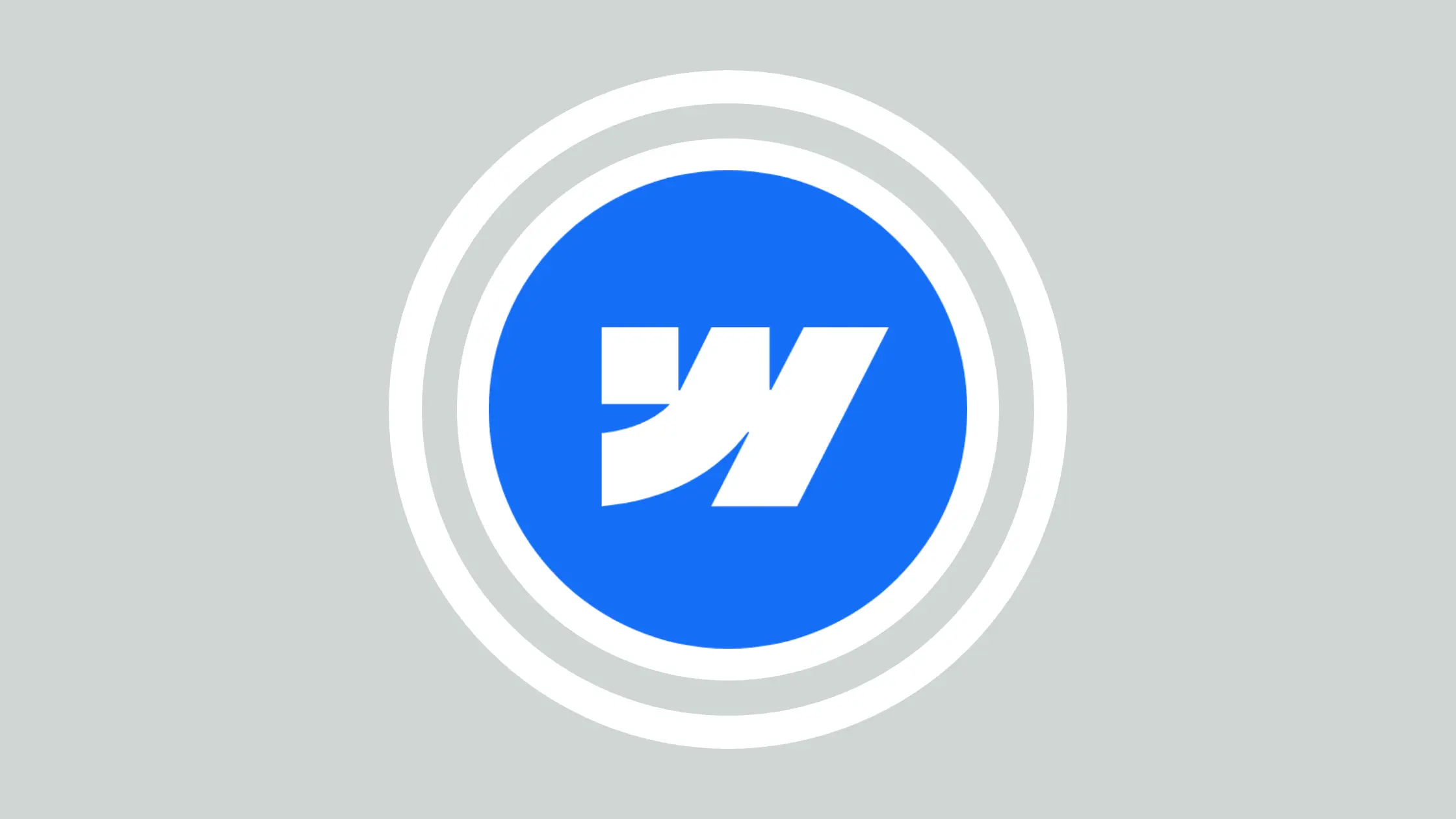The SEO optimization of your website is an essential strategy to improve your online visibility, attract qualified traffic and convert your visitors into customers. In this article, discover a detailed guide that covers the basics, advanced techniques, and practical tips for a successful SEO strategy.
What is SEO and why is it essential?
SEO (Search Engine Optimization) brings together a set of techniques aimed at improving the positioning of a website in the results of search engines, such as Google. With more than 90% of Internet users using search engines to find services and products, SEO is an essential tool for any business.
Why is SEO crucial for your business?
- Increase the visibility of your brand: Being well ranked in the organic results helps to attract the attention of potential customers.
- Generate organic traffic: Unlike paid advertising, SEO traffic is free and sustainable.
- Improving the user experience: Good optimization improves the speed of your site, its navigation and its relevance.
- Building credibility: Internet users trust organic results more than sponsored ads.
Did you know that 75% of users never make it past the first page of search results? If your site is not visible, you are losing business opportunities.
The 5 key steps to optimize the SEO of your website
Initial analysis and keyword research
Before you get started, it's crucial to understand the terms and phrases your target audience is looking for. This step is the foundation of your SEO strategy.
How do you identify the right keywords?
- Recommended tools: Use Google Keyword Planner, SEMrush, or Ahrefs to analyze search volume and competition.
- Long tail keywords: Target specific phrases (e.g., “women's running shoes”) that generate qualified traffic.
- Research intent: Understand if the user is looking for information, a product, or a service.
Practical example:
An e-commerce site selling gardening products could target terms like “best tools for gardening” or “winter plant care guide.”
1. On-site website optimization: Content and tag
The content of your site is your main asset in attracting search engines and meeting user expectations.
The essential elements of on-site optimization:
- Headings and subtitles: Structure your pages with H1, H2, and H3 tags for easy reading and indexing.
- Meta descriptions: Write engaging descriptions that include your main keywords to encourage clicks.
- Quality content: Publish articles, guides, or FAQs that precisely meet the needs of your audience.
Example of an optimized tag:
An SEO-friendly title for a clothing store: “Organic clothing for the whole family - Comfort and ethics at your fingertips.”
2. Improving the user experience (UX)
Google takes into account UX elements to evaluate your site. A smooth and fast navigation improves your ranking and builds the loyalty of your visitors.
Key points to optimize UX:
- Charging time: Aim for a load time of under 2 seconds (tool: Google PageSpeed Insights).
- Mobile-friendly: Make sure your site is mobile-friendly, a priority for SEO since mobile-first indexing.
- Intuitive navigation: Organize your menus and internal links so visitors can easily find what they're looking for.
Example of UX website optimization:
A real estate site reduced its load time from 5 seconds to 1.8 seconds. The result: a 30% increase in the time spent on the site and a decrease in the bounce rate.
3. Backlinking strategy (netlinks)
Backlinks, or links from other websites, are essential to strengthen the credibility and authority of your domain.
How do you get quality backlinks?
- Guest articles: Post on blogs or partner sites in exchange for links to your site.
- Creation of unique content: Suggest guides or studies that other sites will want to cite.
- Press relations: Contact media or influencers to present your products/services.
Tip: Monitor your existing backlinks with Ahrefs or SEMrush. Disavow poor links to avoid Google penalties.
If you're still having trouble getting backlinks, contact our backlinking experts. They will be happy to assist you in improving the authority of your field.
4. Follow-up and adjustments
SEO is never a done job. Algorithms change and your competitors evolve, requiring regular monitoring.
Essential tools:
- Google Analytics: Analyze traffic, the most visited pages, and user behavior.
- Google Search Console: Identify high-performing keywords and fix indexing errors.
- Regular audit: Conduct a quarterly SEO audit to assess your progress and identify new opportunities.
5. Advanced techniques for professionals
Technical SEO
Technical SEO ensures that your site is well indexed and efficient.
- Rich snippets: Use Schema.org markup to show reviews or prices in the results.
- HTTPS: A secure site is an important ranking criterion.
- XML site map: Help search engines explore and understand your site.
Local SEO
Ideal for local businesses. Optimize your Google My Business profile and encourage customer reviews.
Competitive analysis
Study your competitors with tools like SpyFU to identify their keywords and backlink strategies.
Practical case: How an SME doubled its organic traffic in 6 months
Background:
A renovation company wanted to increase its visibility and generate leads via SEO.
Actions:
- In-depth search for local keywords, such as “Laval kitchen renovation.”
- Creation of optimized content and publication of 10 blog posts in six months.
- Partnering with local blogs to get backlinks.
Result:
- +120% organic traffic.
- +35% in conversions thanks to the submission forms.
Additional resources
To go further, check out these tools and guides:
- Google Search Console : Official resources for webmasters.
- Moz : Complete guides for beginners and experts.
- Yoast SEO : Essential plugin to optimize your WordPress site.
Conclusion
Optimizing your website's SEO is a strategic investment that can transform your online presence. By applying these techniques and staying up to date with the latest trends, you can not only attract qualified traffic but also convert those visitors into loyal customers.
Do you need professional support? Contact our experts for a SEO support customized according to your needs.







